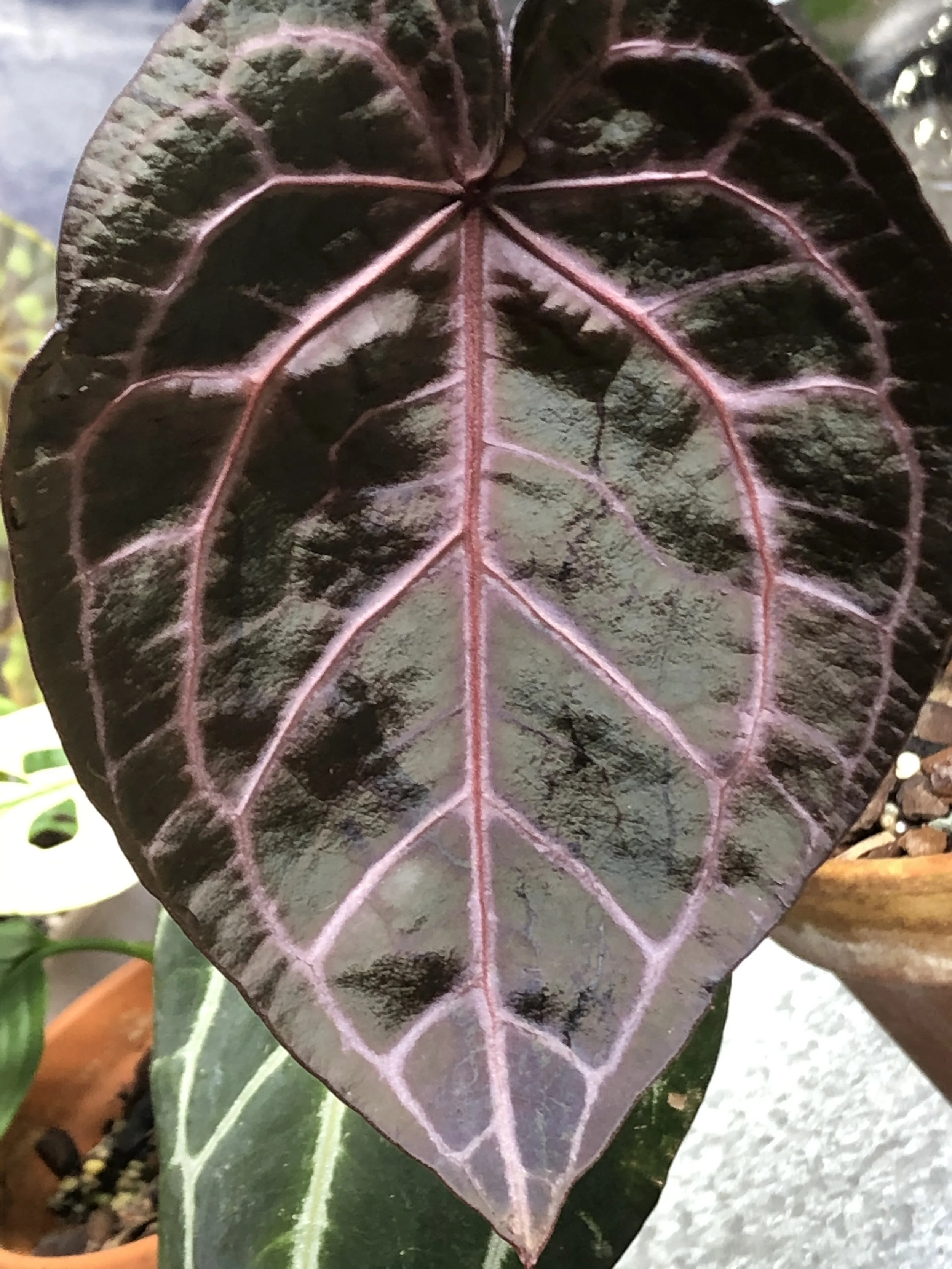The Best Potting Mix for Aroids
How to create the best potting mix for aroids
A question I often get asked through Instagram is about what potting mix I use for my aroids.
You may already know that a potting mix is a crucial component for the successful growth of plants in containers. Aroids, in particular, have specific requirements for their soil; they prefer to be well draining, and have good aeration around the roots but also retain enough moisture and nutrients to keep them happy.
If this sounds like a difficult balance to achieve, don’t worry, keep reading and follow our instructions for creating the best potting mix for aroids below. With this mix, we will help you to ensure that your aroids thrive.
In this guide, we will show you how to make the perfect potting mix for aroids, using a combination of ingredients that will provide the right balance of drainage, aeration, moisture, and nutrients.
What is an aroid?
Aroids are a diverse group of plants that belong to the family Araceae. This family of plants is incredibly large and diverse and includes over 100 genera and approximately 3,700 recognised species.
Aroids are widely distributed throughout the world, with species found in tropical, subtropical, and temperate regions. They are known for their unique inflorescences (flower spikes with a spathe and spadix) and incredibly varied leaves, which come in a variety of shapes, sizes, and colours.
Aroids are popular as indoor plants (and outdoors in certain climates)and are prized for their beauty and versatility. Some popular Aroids you may already know of include Monstera, Anthurium and Philodendron and specific plants like the Peace Lily and the ZZ Plant.
Aroids are our favourite family of plants and for good reason. Some can grow to gigantic proportions and they create incredibly tropical plant displays.
Whatever your environment I can guarantee there is an aroid to suit!
What ingredients do I need?
Before starting your potting mix, it's important to gather all of the necessary ingredients. We have listed the best components below as well as some alternatives if you’re struggling to source some of them!
Coco-coir -
This is a great alternative to general-purpose soil. Coco-coir is peat free and relatively sustainable, it is also sterile meaning you can control the level of nutrition you add to your mix.
Inorganic Drainage -
Inorganic drainage material consists of any materials that won’t break down in your mix over time. We prefer to use Pon (lava rock mix by Lechuza - Google Lechuza Pon) as it holds its position fairly well in the mix. Other Lava rocks are also available, materials like perlite and vermiculite are a great alternative. It is important to note that perlite and vermiculite are quite lightweight so they do tend to float to the top of the pot over time which results in the rest of the mix being less well draining than it could be! For this reason, we suggest heavier lava rocks that stay in place as your plant grows!
Orchid Bark
Orchid Bark is particularly useful for Aroids grown indoors as it creates lots of aeration in the soil and allows the roots to breathe and spread around its container. I would recommend smaller pieces of Orchid Bark, you can usually find this in reptile and pet stores.
Sphagnum moss
You want to chop the sphagnum up finely before adding it to your mix. This will help to create pockets of moisture retention in your soil that will help your aroids thrive!
Worm Castings
Aka worm poop! A sustainable and effective way of adding nutrients to your mix. You don’t need to add too much but it should give your aroids a good headstart after repotting!
How do I combine these components to create the best mix?
The goal here is to create a mix that freely drains excess water but manages to retain enough to keep the plant happy! My go to mix is as follows - (I am using the term part - so if you are using a spoon/cup add one spoon/cup to one part)
Coco Coir - 1 Part
Chopped Sphagnum moss - 0.25 part
Inorganic Drainage - 2 part
Orchid Bark - 1.5 part
Worm Castings - 0.5 part
Once all the components have been added, grab a fistful - what you want here is for the mix to freely fall apart once you unclench your fist. A very scientific way of knowing your mix will be well draining. If it clumps then consider adding more orchid bark or inorganic drainage until it doesn’t.
Should I adjust my mix to suit my growing conditions?
Usually yes!
As a self-confessed over-waterer, I tend to grow my aroids in terracotta pots. This material helps the plant to wick excess moisture through the porous membrane of the pot. Consider adjusting your mix if you are using plastic pots or like to leave your plants a little longer between waterings.
Do feel free to reach out if you have any specific questions, but consider using the above as a base recipe. One that you can tailor to suit your plants and growing conditions!






